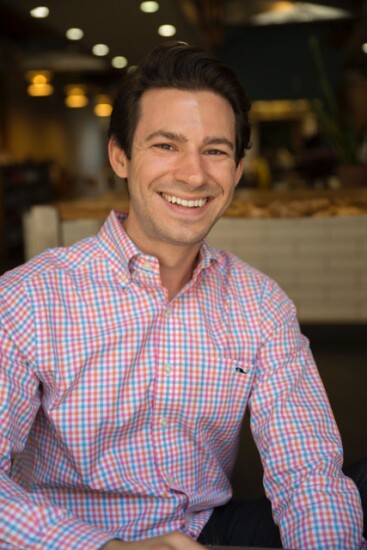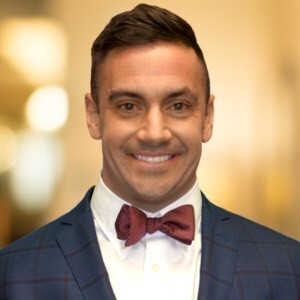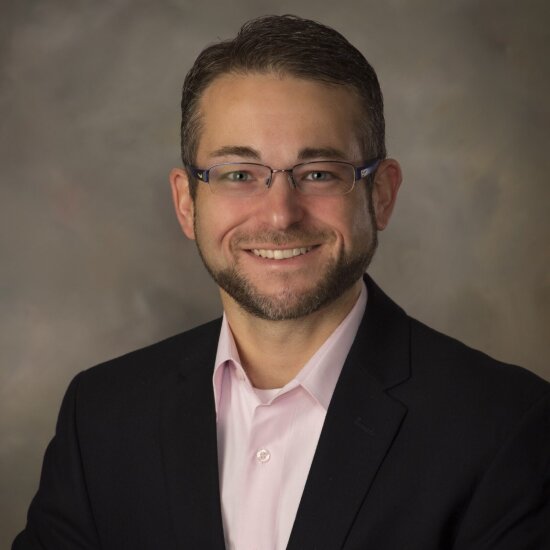Advisers are showing growing involvement in the social media world. From sharing informative articles, retweeting colleagues, making short thought-provoking videos, to even funny music videos, brokers are attempting to grab the attention of their clients and followers by any means necessary.
To highlight some of the top users in the insurance industry, Employee Benefit Adviser created a list of the top advisers, brokers and insurance experts who are utilizing social media and how they are reaching their audience.






















